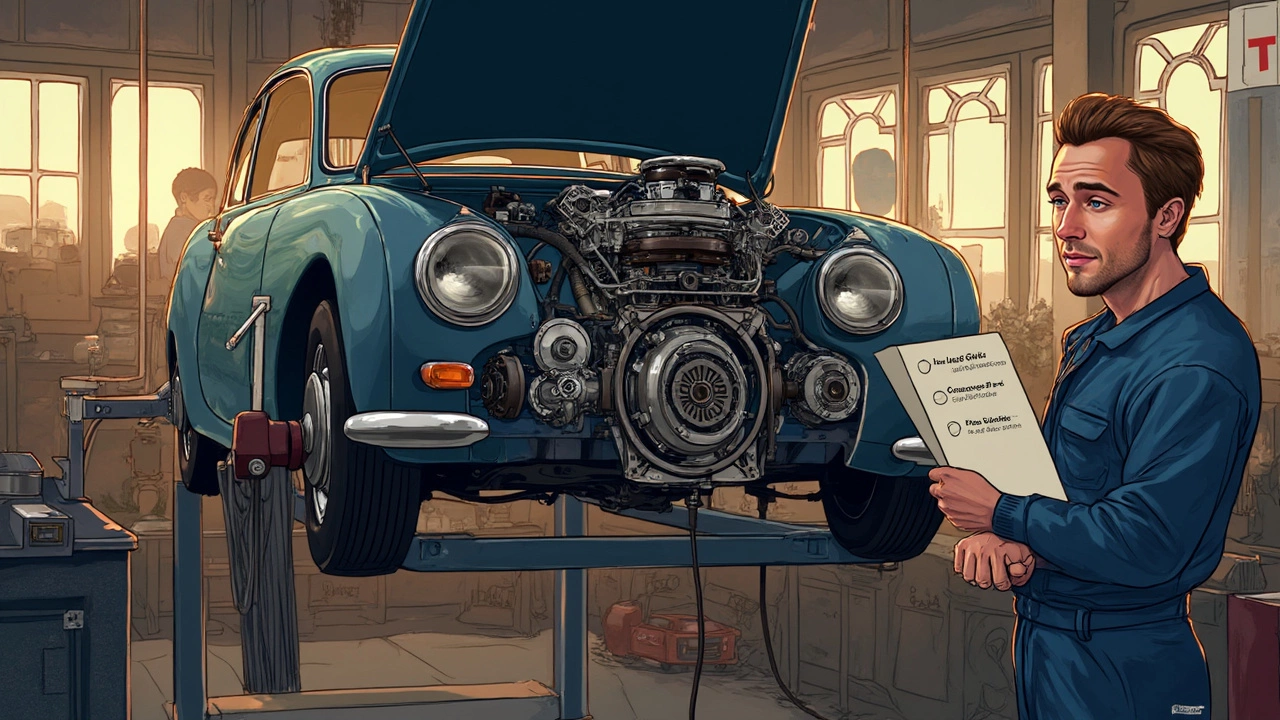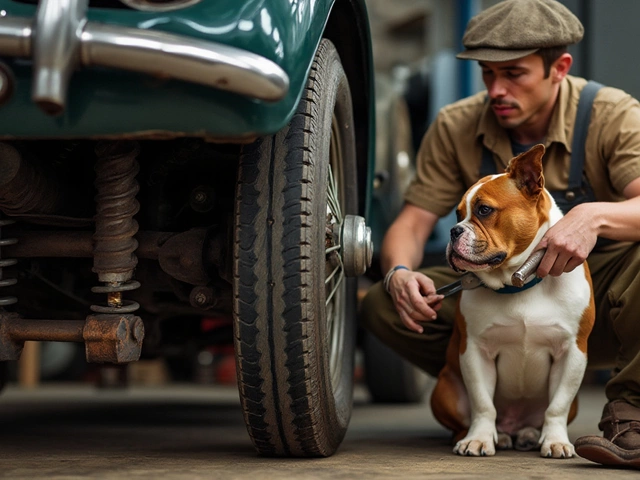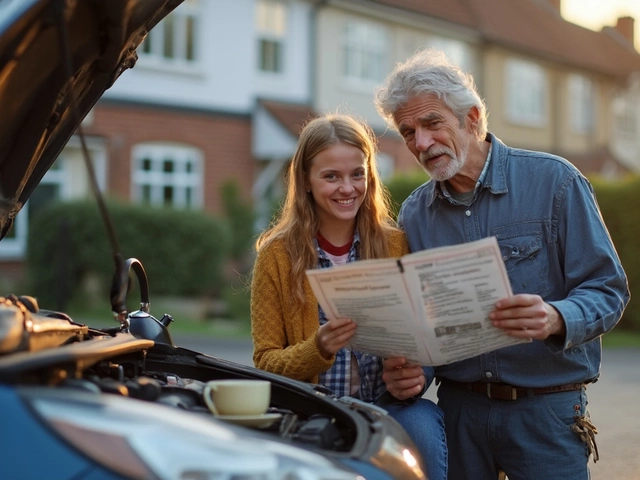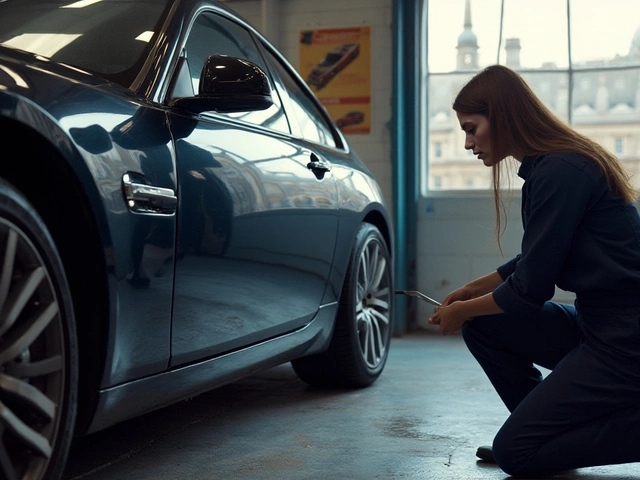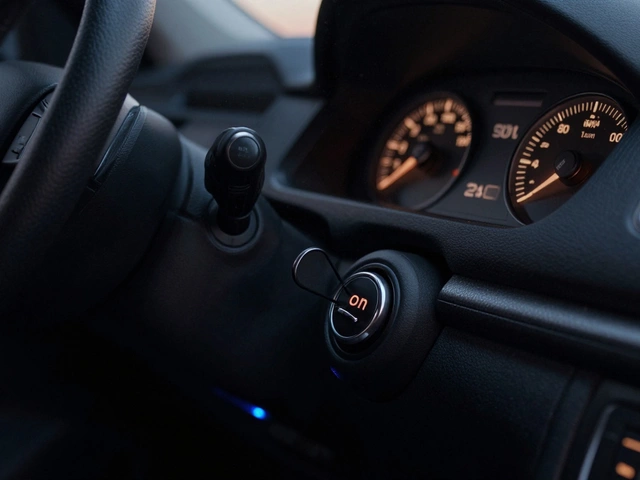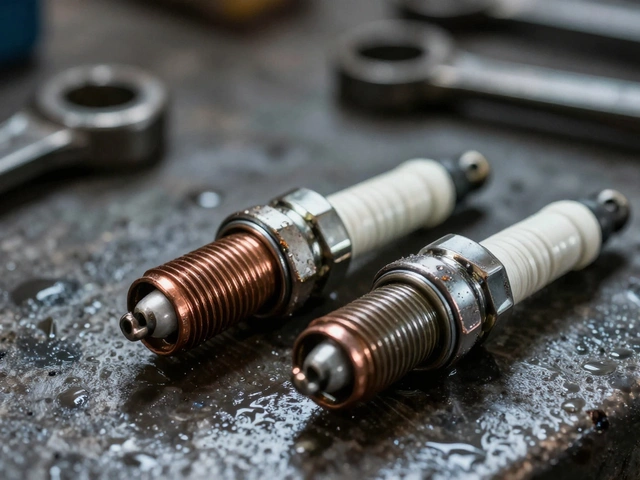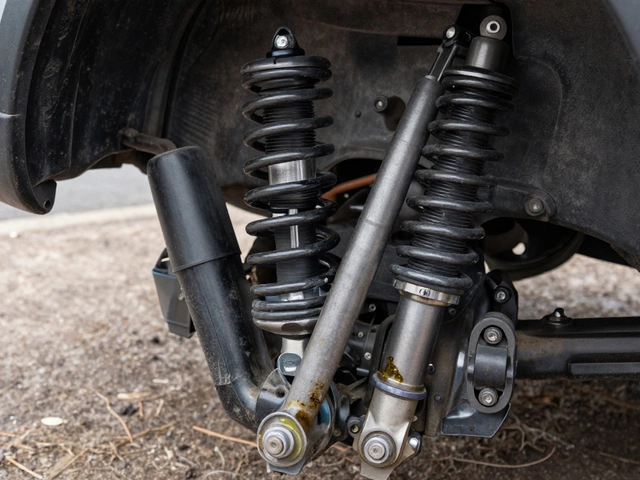So, you're gearing up to replace your car's clutch. Maybe it's slipping like a daydream or making noises that rival a rock concert. But before you get your hands greasy, here's the deal: a clutch replacement isn't just about swapping out discs. There's a whole entourage of parts that deserve your attention. Skip these, and you might find yourself back in the garage sooner than you think.
First up, think about the release bearing and pilot bearing. These little guys work under extreme pressure, and they're often worn out by the time the clutch bites the dust. Replacing them alongside the clutch saves a ton of hassle and ensures smooth operation.
Next, check out the flywheel. It's the unsung hero in your car's drivetrain. While you can often resurface the flywheel, sometimes replacement is the smarter choice—especially if it's cracked or heavily scored. Ignoring it is like putting new shoes on with a worn-out sole.
- Why Clutch Replacement Matters
- Essential Parts to Replace
- Common Oversights During Replacement
- Expert Tips for Clutch Maintenance
- Long-term Benefits of a Proper Replacement
Why Clutch Replacement Matters
A clutch replacement might sound like an ordeal you'd rather avoid, but it's one of those necessary evils that keeps your ride running smoothly. The clutch plays a key role in transferring power from your engine to your wheels—if it's on the fritz, you're not going anywhere fast.
Wear and tear on the clutch can lead to driving no-nos like slipping, sticking, and sticking. Now, that's the last thing you want when you're trying to beat the morning traffic.
The Ripple Effect of Clutch Failure
Ignore clutch issues, and you're signing up for a cascade of problems. A worn clutch doesn't just affect how your car shifts gears; it can put extra strain on parts like the transmission and axles. According to Mike Sinclair, a respected automotive expert,
"A neglected clutch doesn't just stay a clutch problem—it creates a domino effect that can impact the entire drivetrain."
Spare Your Wallet and Headaches
Replacing your clutch when needed might seem like an upfront hit to the wallet, but it's actually a savvy long-term investment. Imagine ignoring that creaky clutch—down the road, you might be looking at even bigger bills for transmission repairs. A healthy clutch helps protect your vehicle's value and keeps your daily drive hassle-free.
Signs Your Clutch Is Ready for a Change
- Slipping sensation when accelerating
- Unusual noises like grinding or chirping
- A burning smell after gear shifts
- Difficulty in changing gears smoothly
Taking action before things get hairy can save time, money, and headaches—trust me, it's worth it!
Essential Parts to Replace
Replacing the clutch is no small task, and while you're at it, a few companions might as well join the party to ensure everything works in harmony. Let's break down the bits and bobs you should consider swapping out.
Release Bearing
This little component is crucial for smooth clutch operation. It allows the clutch to engage and disengage seamlessly. Over time, they wear out and can cause chatter or noise if ignored. Since you're already in there, it's smart to toss in a new one. It's kind of like changing socks when you put on fresh shoes.
Pilot Bearing
The pilot bearing is another unsung hero. It supports the input shaft of the transmission and ensures it spins freely. If it fails, you might face bigger dramas like transmission damage. Best to replace it during a clutch replacement to avoid any headaches down the line.
Flywheel
While technically not part of the clutch kit, the flywheel interacts directly with your clutch. If it’s looking worse for wear with cracks or deep scores, a replacement is wise. Sometimes a resurfacing will do the trick, but talk to your mechanic. Replacing a faulty flywheel prevents clutch slippage and ensures even pressure distribution.
Clutch Fork
Not always considered, but if your gearbox's clutch fork is worn or damaged, it can cause problems when engaging and disengaging the clutch. While the cost isn’t high, missing this fix could result in a revisit later.
Special Tools or Equipment
- When replacing these parts, make sure you've got the right tools. A clutch alignment tool will be your best friend here.
- Torque wrench – essential for ensuring everything's bolted down properly.
Avoid skipping these key parts during your vehicle repair exercise, and you'll likely save time, money, and a few frustrating moments on the road.
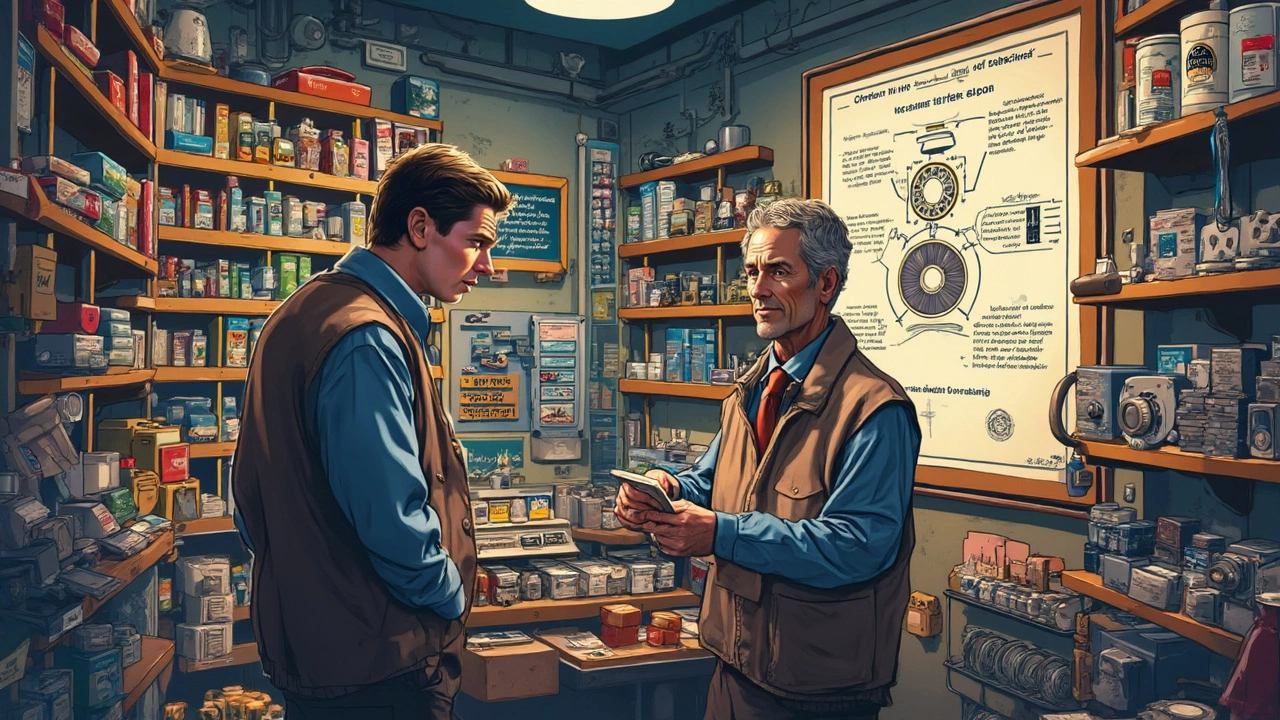
Common Oversights During Replacement
Replacing a clutch is a big job, and it's easy to miss a few things along the way. Let's dive into the pitfalls that often catch folks by surprise.
Skipping the Alignment
First off, alignment isn't just a fancy word in your mechanic's vocabulary. When you're putting in a new clutch, it needs to align perfectly with the flywheel. If not, you'll get vibrations that could lead to premature wear or even failure. Use an alignment tool—it's like having an extra set of hands guiding you.
Overlooking the Transmission Mounts
Next up, take a peek at those transmission mounts. We tend to forget about these unless they're visibly shot. But wear and tear can lead to movement in the drivetrain, causing clunking noises or even damage to the new parts. Replacing weak mounts can save you a headache later.
Forgeting the Hydraulic System
The hydraulic system is another component that gets ignored when swapping out a clutch kit. Inspect the clutch master and slave cylinders. If they're leaking or showing signs of wear, it's smart to replace them too. Otherwise, your clutch pedal might feel squishier than you'd like.
Ignoring Warning Signs
Some folks drive through warning signs like squealing noises or trouble shifting gears, hoping it's something minor. But in reality, these signals often point to issues bigger than a worn-out clutch. Pay attention and try to diagnose any strange behavior before starting the replacement.
| Pitfall | Consequence |
|---|---|
| Ignoring Alignment | Vibrations and premature wear |
| Worn Transmission Mounts | Drivetrain movement |
| Neglecting Hydraulics | Spongy clutch pedal |
| Disregarding Signs | Underlying issues missed |
By keeping an eye on these common oversights, you can pave the way for smoother rides and a longer-lasting clutch performance. Remember, a little extra attention now saves a lot of hassle down the road.
Expert Tips for Clutch Maintenance
Keeping your clutch smooth as butter is more than just swapping a few parts. Let’s dive into some no-fuss tips that’ll make your clutch replacement last longer and keep your ride sailing smooth.
Keep an Eye on Fluid Levels
Your clutch might operate through a hydraulic system, and if it does, the fluid level is key. Low fluid can lead to weird behavior like slipping or sticking. Make checking the clutch fluid part of your regular car maintenance routine.
Master the Art of Clutch Control
Riding the clutch—keeping it partially engaged—can wear it out disgustingly fast. Practice engaging and disengaging the clutch quickly when shifting gears. This will help minimize unnecessary wear.
The Right Footwear
This might sound odd, but the right shoes can affect your driving. Shoes with thick soles can dull the feedback from the clutch pedal, making you more likely to ride the clutch. Opt for something that gives you a better feel of the pedal.
Regular Service Checks
Like catching up with an old mate, regular inspections can spot potential problems before they blow up. Get a mechanic to take a peek at the clutch system and linked parts whenever your car’s in for a service.
| Component | Frequency |
|---|---|
| Clutch Fluid | Every 6 months |
| Clutch Pedal Adjustment | Annually |
| Release & Pilot Bearings | With each clutch replacement |
Your clutch is one of those things you don’t really appreciate until it’s gone. Following these maintenance tips can help maximize its lifespan. So go on, give your clutch kit some TLC—it’s definitely worth it!
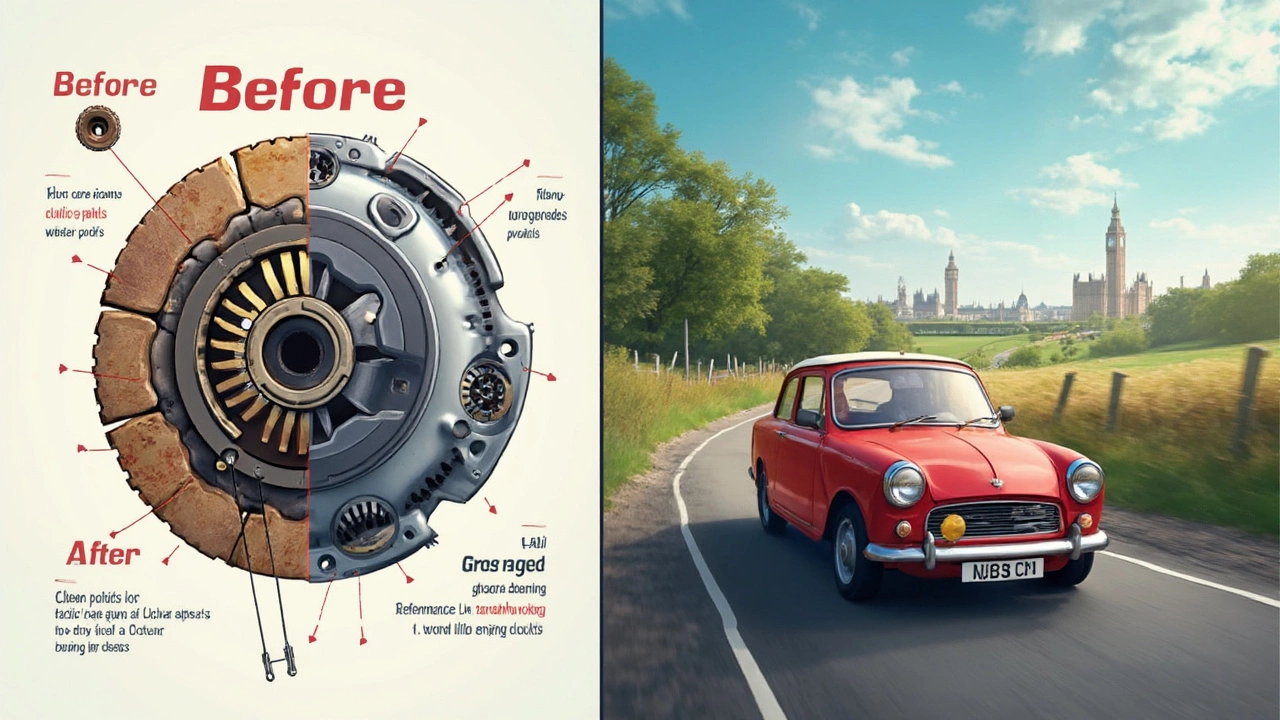
Long-term Benefits of a Proper Replacement
Getting a clutch replacement done right the first time isn't just about avoiding headaches today. It’s a smart move for your future driving experience and wallet. Let’s dive into why paying attention to those additional components actually pays off.
Extended Vehicle Lifespan
When all parts related to the clutch system, like the flywheel, pressure plates, and bearings, are in top shape, you're setting your car up for a more extended service life. A properly maintained clutch system reduces strain across the drivetrain, minimizing wear on other crucial components. Plus, this pre-emptive maintenance helps prevent those annoying and costly breakdowns that always seem to pop up at the worst possible times.
Improved Driving Experience
There's something blissful about a smooth ride. Properly maintaining the clutch ensures smooth gear transitions and prevents jolts. It's not just about comfort either—efficient power transfer can improve acceleration and fuel economy. After all, who doesn't want to squeeze every mile out of their tank?
Cost Savings Over Time
While it might feel like a hit to the wallet initially, replacing necessary clutch components together can save big bucks in the long run. A holistic repair approach avoids compounded failure at a later date, which would otherwise lead to more labor costs and parts. Think of it as investing a little now to save a lot down the road.
"A correctly installed and well-maintained clutch system not only ensures a dependable vehicle but enhances overall driving satisfaction." — Auto Maintenance Magazine
Avoiding Frequent Repairs
Neglecting parts during a clutch replacement often leads to repetitive visits to the mechanic. By addressing all the possible wear points, you're cutting down on repeated fixes which, cumulatively, cost more in both time and resources.
Resale Value Boost
If you're considering parting ways with your vehicle down the line, comprehensive maintenance records showing a well-cared-for clutch can be a significant selling point. Buyers are often willing to pay a premium for cars with demonstrably lower future repair needs.
By putting just a bit more consideration into the clutch replacement process, you're not only enhancing your current driving experience but also adding value to your vehicle's future. It's a win-win situation that keeps your car, and your peace of mind, running smoothly.
